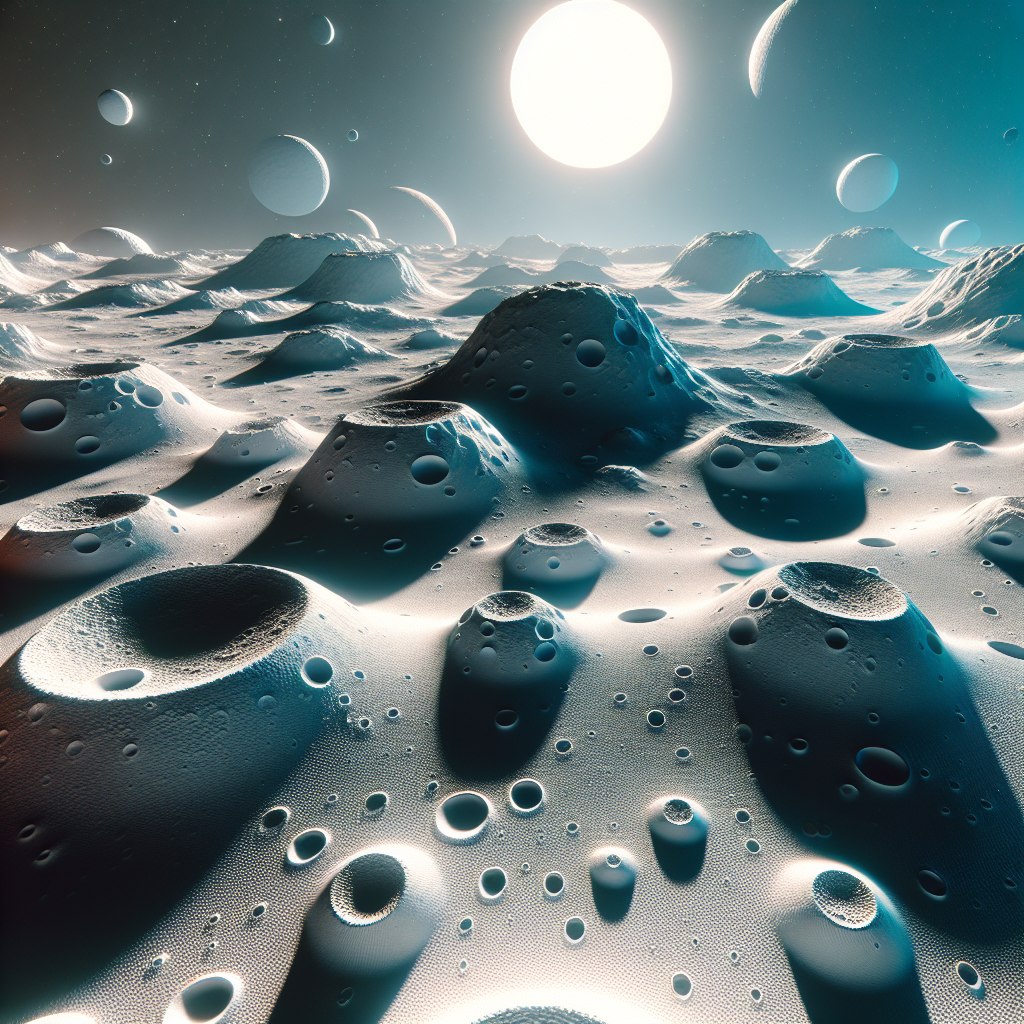The moon isn’t just a giant nightlight floating in space; it’s a cosmic scrapbook full of cratered memories, just waiting to challenge your earth-bound beliefs. Lunar craters are essentially the graffiti of the universe, left behind by colliding celestial bodies over billions of years—mostly by comets, asteroids, and meteoroids, and they tell a story that might blow your mind more than your average sci-fi flick. These craters dot the moon like scars from a time when our universe was the Wild West of the cosmos, and they are here to remind us of our celestial insignificance.
You can thank Galileo Galilei for the discovery of lunar craters back in 1609 when he pointed his rudimentary telescope towards the sky. No, it wasn’t NASA or some funded research project trying to push a political agenda. Galileo noticed the moon had mountains and valleys that didn’t fit the perfectly smooth sphere Athenians talked about. This revelation laid the groundwork for our understanding of the moon's surface. By the late 19th century, our telescopes and photographic technology got sharper, and so did our understanding of these craters.
Crater formation is a righteous spectacle of cosmic forces at play. Those jaw-dropping moments occur when space debris slams into the moon at a velocity that would make a race car jealous, forming a hollowed-out spot on the moon’s surface. These impacts occur more frequently than the latest uninformed climate summit. The craters range from microscopic pits to gargantuan basins hundreds of kilometers wide.
Let's talk about some of the showstoppers. Tycho Crater, a crown jewel located in the moon’s southern region, boasts a diameter of 85 kilometers. Its central peak arises like a defiant fist in the center, casting shadows that stretch across the lunar landscape. Then there’s the Copernicus Crater, roughly 93 kilometers wide, an easy target for telescopic ogling on a clear night. Its terraces, central peaks, and splatter-like rays of ejected material make any casual observer question why this isn’t common knowledge.
Need another eye-opener? The Imbrium Basin, standing at a whopping 1,145 kilometers, was formed about 3.8 billion years ago. This wasn't some tiny little space rock making a polite knock; the Imbrium Basin was caused by a cosmic projectile with the power to erase swaths of lunar real estate.
Unlike Earth, with its erosion, tectonic shifts, and liberals' favorite go-to explanation for everything—the atmosphere, the moon provides a static canvas. On our rocky companion, craters stay visible, unaltered narratives of the universe’s grandeur. When an unscrupulous commentator claims modern climate issues are all due to humanity’s recklessness, remind them that the moon’s pockmarked scars are testimony to forces far beyond our control.
Now, considering gravity, it’s different on the moon. With gravity only a sixth of that on Earth, what do you get? Craters give a far cleaner impact, less debris tossed into oblivion. It’s like the creators were using a cosmic Etch A Sketch, but with way more style. And speaking of style, these silent witnesses of space don’t play favorites. They honor all collisions equally, forging a history in rock without picking sides.
Lunar craters aren’t just desolate history; they’re a reminder of what's kept the moon relevant longest. Understanding these craters has helped us map out potential space travel routes, locate sites for possible moon bases, and even unravel secrets that remain locked up in the geological archives of our celestial backyard.
The lesson here is simple. The moon throughout time has been a subject of wonder, fear, and curiosity. It exists as a monumental reminder that our Earthly disputes are minuscule on a cosmic scale. While many like to wax poetically about humanity’s role in the universe, the lunar craters clearly reveal nature’s impartial brutality.
Knowing this, think of the next footstep on this lunar terrain. It's a frontier, exploring the craters as launching pads for humanity’s eventual expansion beyond Earth’s biosphere. As nations look up, setting their eyes on the moon with ambition, they better remember; lunar craters have been untouched by any political persuasion and carry stories imprinted by a much greater force.

